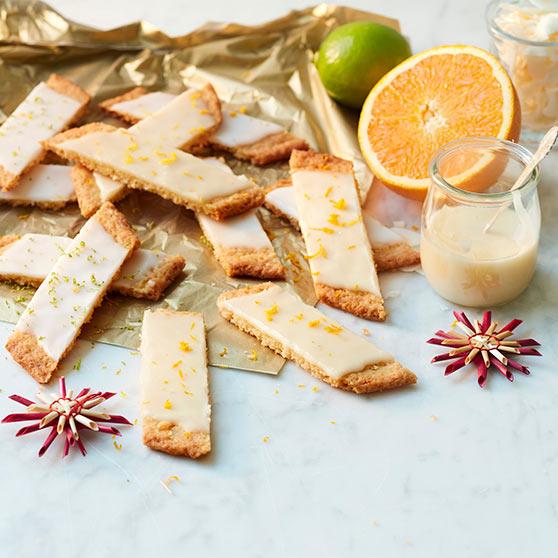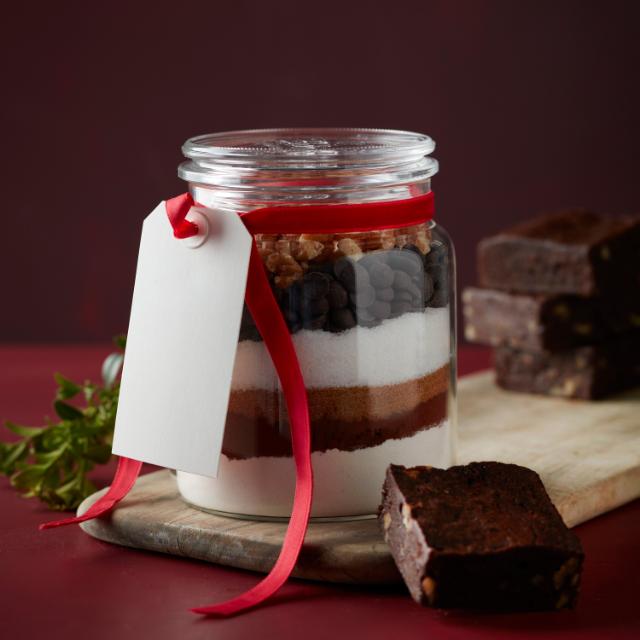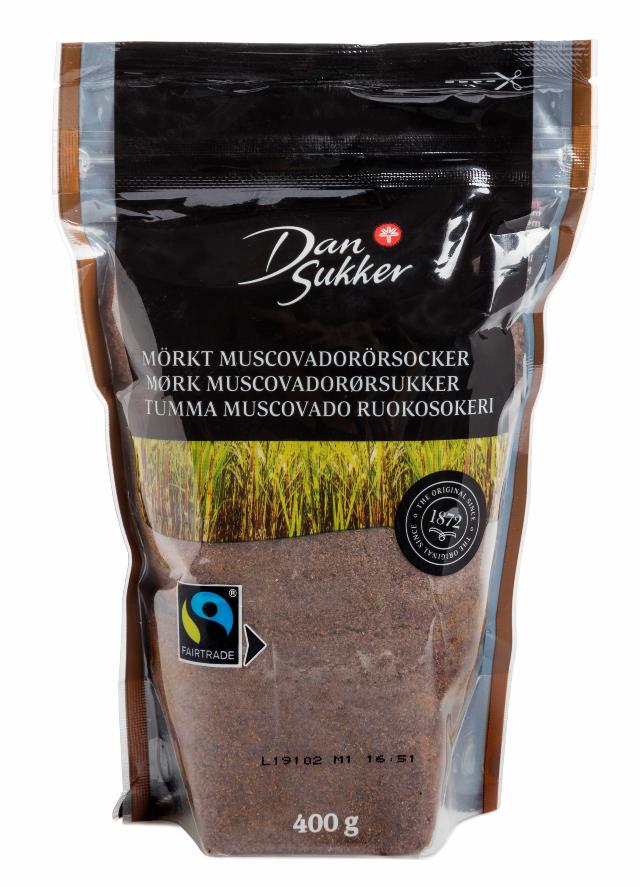Dark Muscovado Sugar
Originally Muscovado Sugar comes from Mauritius and is extracted from sugar cane. The sugar is processed as little as possible to retain the aroma and colour.
Muscovado Sugar is available in light and dark varieties. The taste of Light Muscovado Sugar is similar to caramel, while Dark Muscovado Sugar has a hint of liquorice.
Dark Muscovado Sugar goes well in sauces, marinades, chutney, chocolate cakes, chocolate drinks and ice cream
Light Muscovado Sugar can be used to advantage as a condiment for cooking. It is good for fish and root vegetables. It enhances the taste of bread, cakes, biscuits, desserts, marinades, sauces and preserves.
Dansukker Muscovado Sugar is Fairtrade-labelled.
Measures and Weights: Light and Dark Muscovado Sugar
100 ml = approx. 95 g
1 tbsp = approx. 15 g
1 tsp = approx. 5 g
Tips
- Muscovado Sugar is a moist sugar that has a tendency to go lumpy, but part of its charm is that it is not free-flowing. The sugar easily becomes hard if it comes into contact with air. In order to soften it again you can place a piece of apple or potato or a damp cloth in the sugar. Always close the bag tightly and store in a cool place, if necessary in the fridge.
- Muscovado Sugar gives bread a fuller taste.
- Use Muscovado Sugar for preserving and give your recipes a fresh exciting taste!
- Dark Muscovado Sugar gives interesting taste nuances, especially together with chocolate. Try replacing your usual sugar with Dark Muscovado Sugar in baked products and desserts containing chocolate, e.g. cookies, brownies and truffles.
- Freshen up traditional dishes with Muscovado Sugar. For example, try Dark Muscovado Sugar in stuffed cabbage leaves or in the brown sauce for rissoles. There are endless possibilities!
- Muscovado Sugar is perfect for hot drinks, especially coffee. Make your Irish coffee with Dark Muscovado Sugar or give hot chocolate a more grown-up taste by replacing some of your usual sugar with Muscovado Sugar.
Nutritional values per 100 g
| Energy | 1650 kJ/390 kcal |
| Fat | < 0,5 g |
| - of which saturates | < 0,5 g |
| Carbohydrates | 94 g |
| - of which sugars | 94 g |
| Protein | 1 g |
| Salt | 0,24 g |

Christmas goodies
For many, Christmas wouldn't be complete without sweet treats. Put out homemade toffees, chocolates and truffles for everyone to enjoy. Whether you want the most classic Christmas treats or more advanced alternatives, we've got the recipe.

Christmas baking
Baking for Christmas is always something special. This is the one safe haven that always seems to cling to tradition. But perhaps you would like to try something different for a change… you might find yourself a new favourite goodie this year!

Christmas cookies
Christmas cakes are so much more than gingerbread nuts! Classic cookies with a Christmas twist are perfect with Christmas coffee served on a decorated tray, or as little Christmas presents for busy people.

Christmas drinks
The Christmas holiday provides many opportunities to get together and mingle with a pleasant drink in the hand. A few suggestions for Christmas celebrations big and small.

Delicious Christmas presents
The most special Christmas gifts are hand-made and filled with happiness. Create your own Santa Claus’s workshop in the kitchen and savour the Christmas spirit as you make sweets and wrap parcels.

Christmas Baking with Love
Find recipes and inspiration for unique Christmas Hearts for all those you care about.
